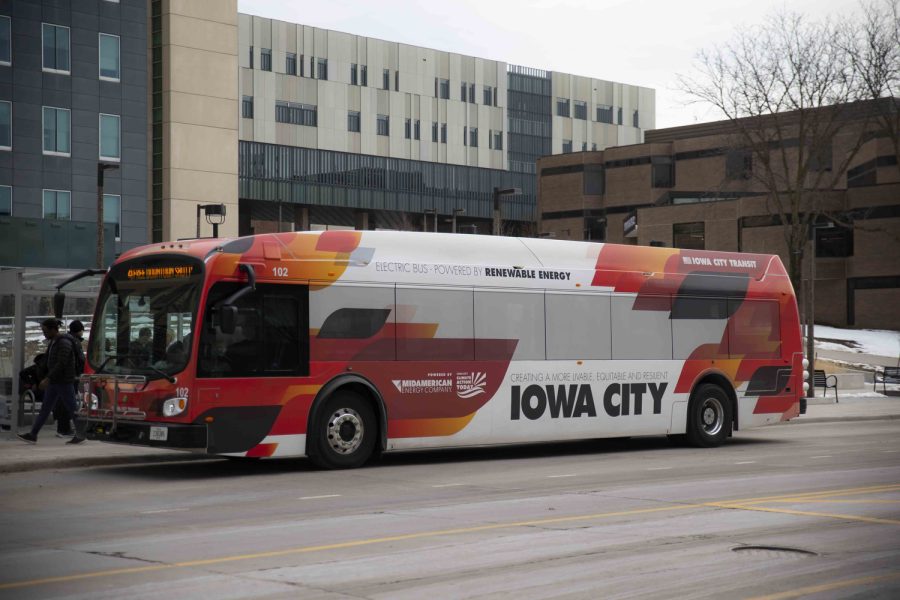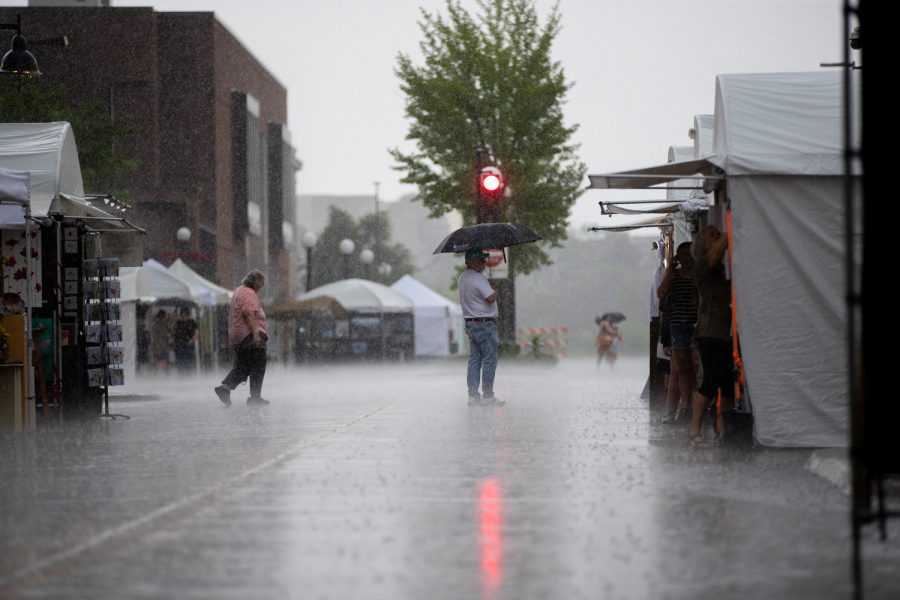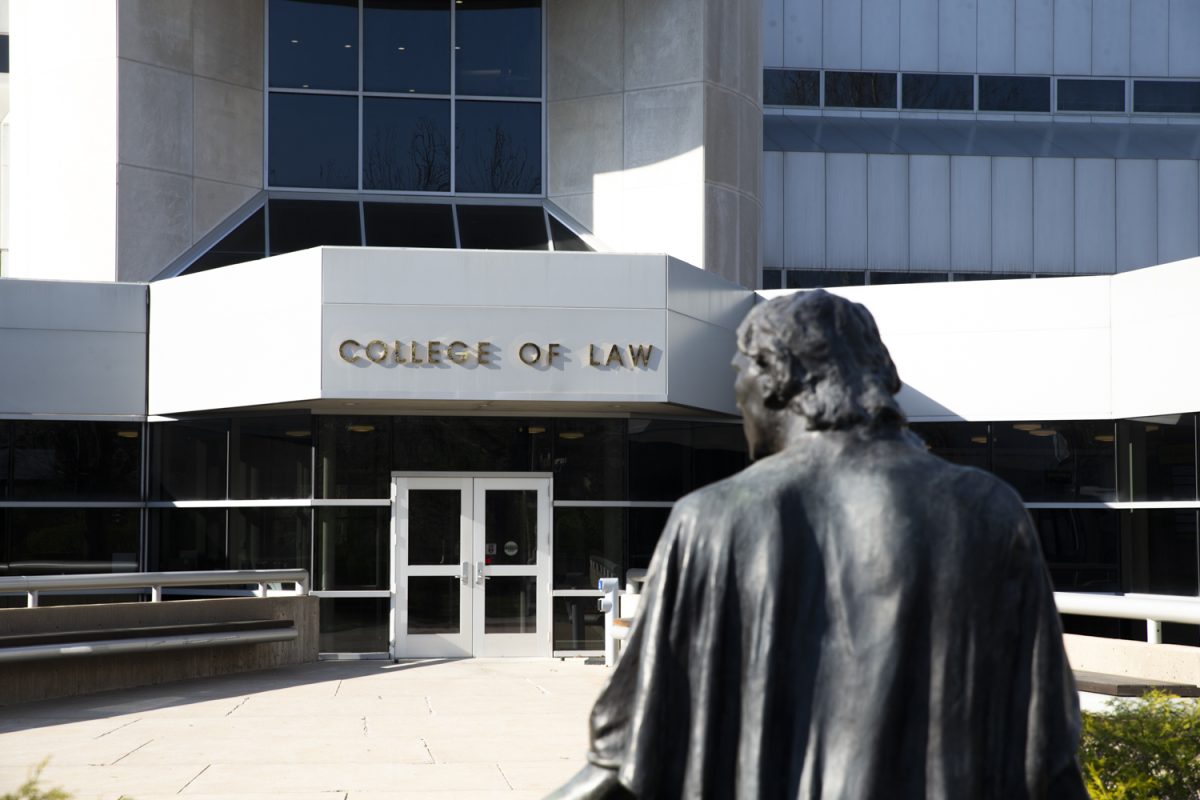In the Japanese school where James O’Hollearn works, students are now served milk and bread for lunch every day. Power outages across the region don’t allow other food to be refrigerated.
O’Hollearn graduated from the University of Iowa in 2008, and he is staying in Yamanashi. Though he’s 250 kilometers away from the damaged nuclear plants and the other devastation of the tsunami, he’s still feeling the effects.
“I brought candies to work yesterday, and they disappeared faster than ever,” he wrote in an e-mail. “We are a bunch of nervous eaters.”
Japan is still recovering from the 9.0 magnitude earthquake and ensuing tsunami that struck the northern part of the country March 11, killing an estimated 10,000 people.
Toko Igarashi, a professor at Joetsu University of Education in central Japan who visited the UI Monday, said her colleagues are still fearful about their children.
Igarashi, who was in Japan when the earthquake struck, said there is no food or milk, and there aren’t any diapers. She also said people are scared of children being more vulnerable to radiation.
And medicine shortages have also made it difficult to take care of everyone in need.
Igarashi said she feels frustrated with how slowly the Japanese media responded.
“For the first three days after the disaster, there was no information given to us,” Igarashi said. “I actually watched CNN to figure out what was going on.”
And even more than week later and 8,000 miles away, she still spoke haltingly, looking away as she described that day.
“I was rolling,” she said. “I felt seasick, my body was roaring.”
UI students with family in Japan are also worried.
UI freshman Tessa Albright was born in Japan on an American Army base, and she has moved back and forth between the United States and Japan. She moved to the United States for the last time when she was 14 years old.
She has stayed in close contact with relatives and friends who still live there through e-mail, Skype, and blogs, but blackouts have made it difficult.
“When I first found out what happened, all I could say was that I hoped it wouldn’t be as bad as the earthquake that hit Japan in the past,” Albright said. “But once I realized there was a tsunami, too, I knew the damage would be a lot worse.”
Albright said her aunt and uncle, who live in Tokyo, have sent their three young children to live in southern Japan with their grandmother, where they will be safer from radiation.
Eight UI students are studying in Japan at present.
Janis Perkins, the head of the UI Office of Study Abroad, said they are safe and are studying in locations that are at least 100 kilometers away from the danger zones. The schools they are at have remained unharmed, and UI officials haven’t made any decisions yet to suspend the programs in Japan.
Perkins said two more UI students were supposed to travel to Japan to begin their study-abroad program April 1, but due to the devastation, they will now travel in the middle of April.
“We’ve very carefully evaluated the risks and safety of our students, and despite the situation where they’re studying, we don’t think they are in a great deal of risk,” she said.
Though the area students are staying in is safe now, O’Hollearn said, he has heard of several foreigners going home.
“The big fear is that if we wait until we know we need to get out, it will be too late,” he said.






